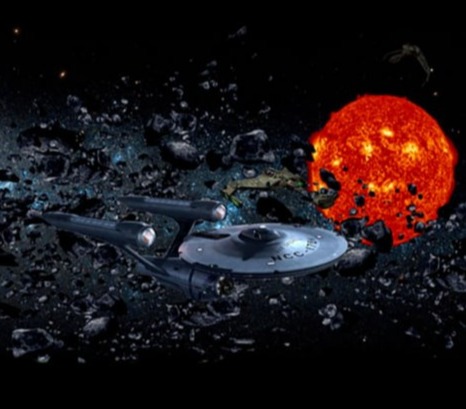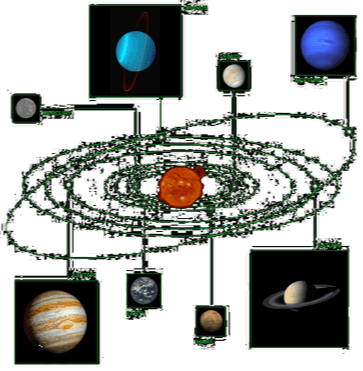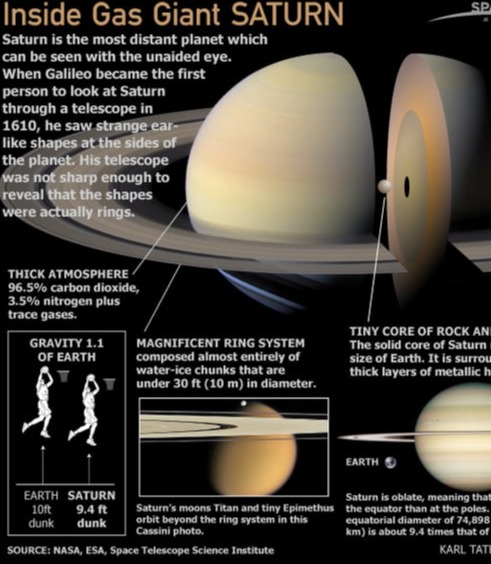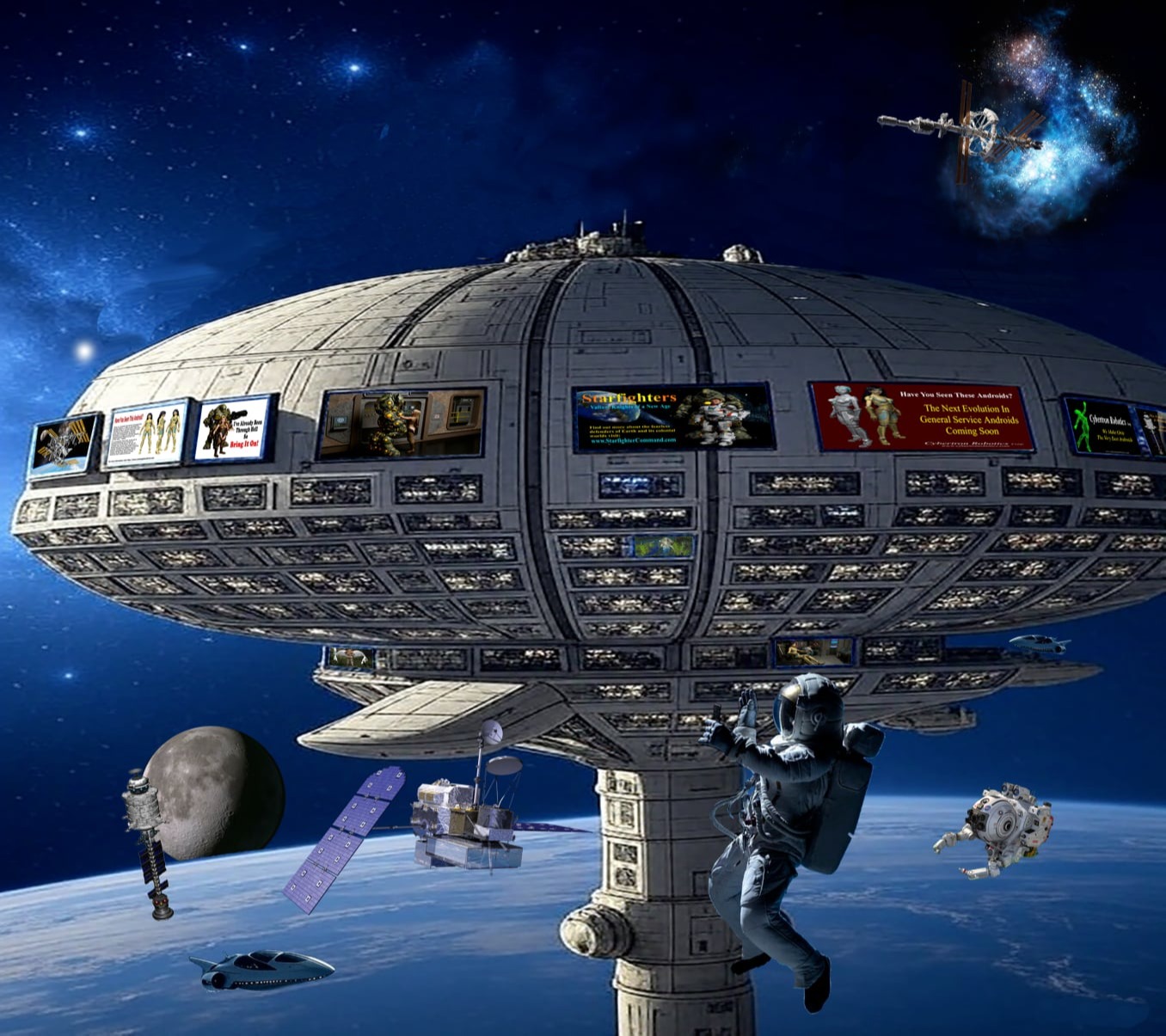Our Solar System
The solar system is comprised of our star, the Sun, and all the celestial objects gravitationally bound to it, including the eight planets, their moons, dwarf planets, asteroids, comets, and other space debris. It's located within the Milky Way galaxy and has existed for roughly 4.6 billion years.
The asteroid belt is a region of space located between the orbits of Mars and Jupiter, filled with numerous irregularly shaped rocky bodies called asteroids. It is essentially a collection of space debris left over from the formation of the solar system, containing millions of asteroids of various sizes.
The Kuiper Belt is a region of space beyond Neptune, populated by icy bodies and considered a source of short-period comets. It's a vast, doughnut-shaped region extending from roughly 30 to 55 AU (Astronomical Units) from the Sun. Also left over from the formation of the solar system
The Oort Cloud is a theoretical cloud of icy bodies believed to exist far beyond the Kuiper Belt, marking the outer reaches of our solar system. It's thought to be the source of long-period comets.
















